Is it possible to query for a distinct/unique count of a field using Kibana? I am using elastic search as my backend to Kibana.
If so, what is the syntax of the query? Heres a link to the Kibana interface I would like to make my query: http://demo.kibana.org/#/dashboard
I am parsing nginx access logs with logstash and storing the data into elastic search. Then, I use Kibana to run queries and visualize my data in charts. Specifically, I want to know the count of unique IP addresses for a specific time frame using Kibana.






